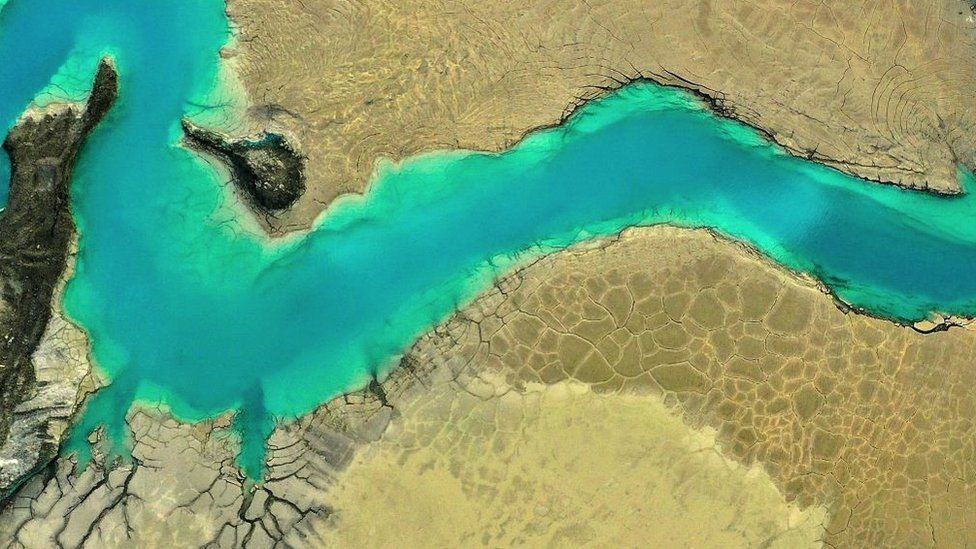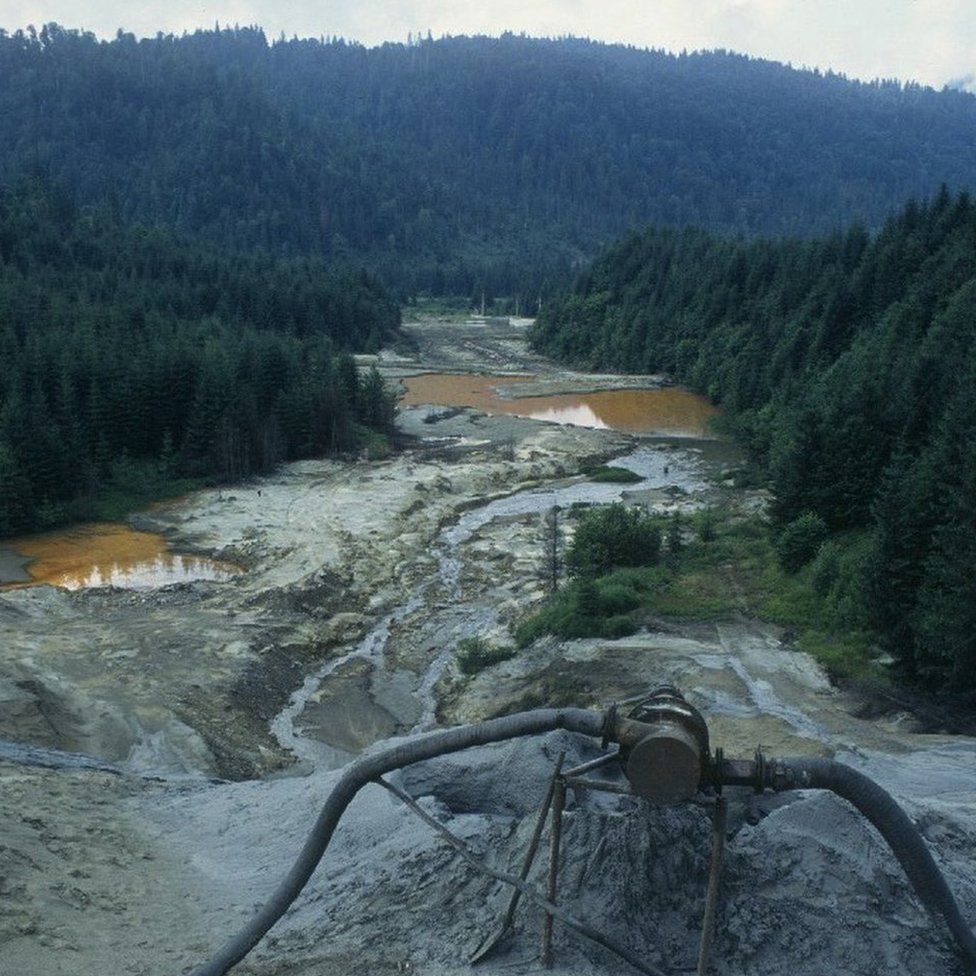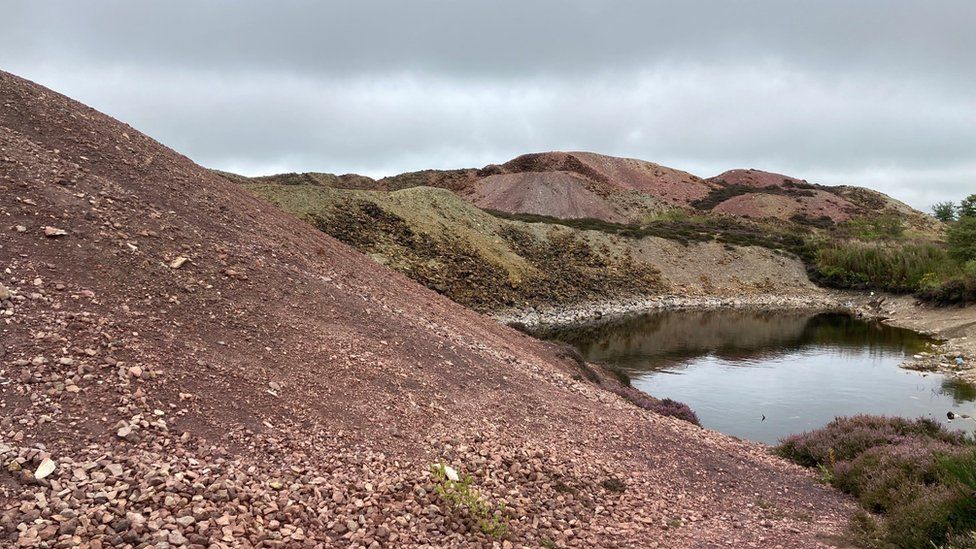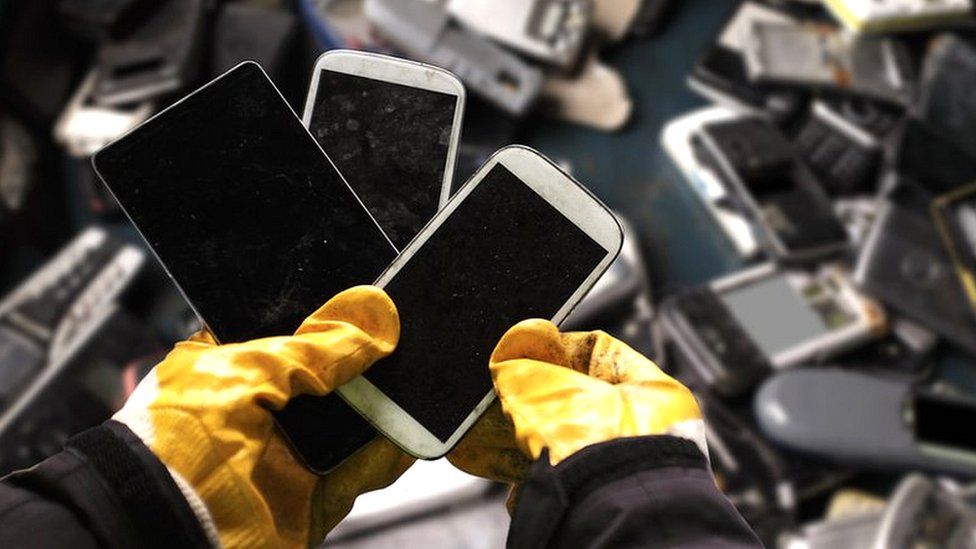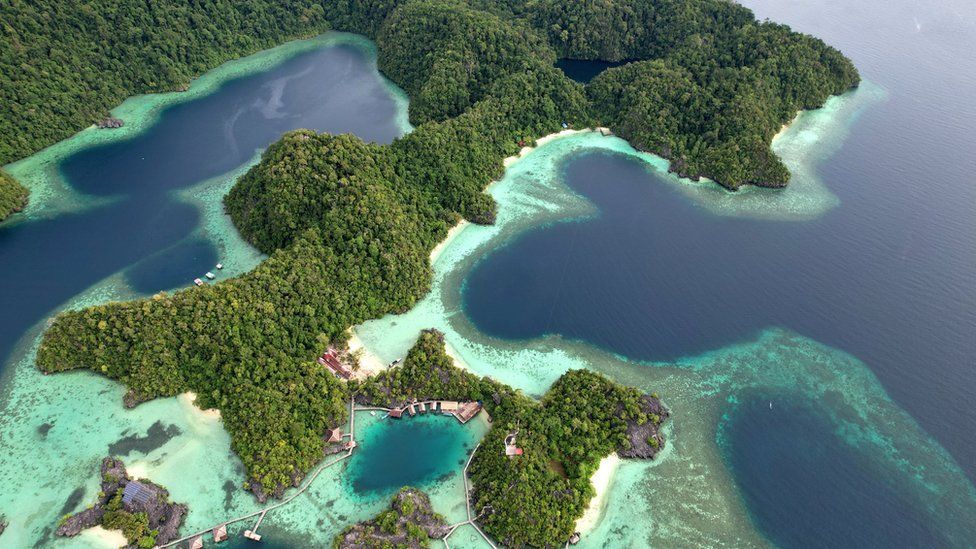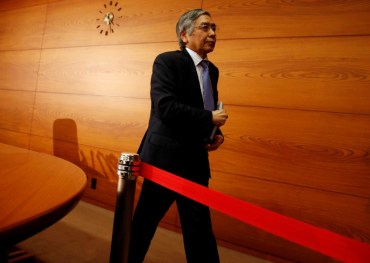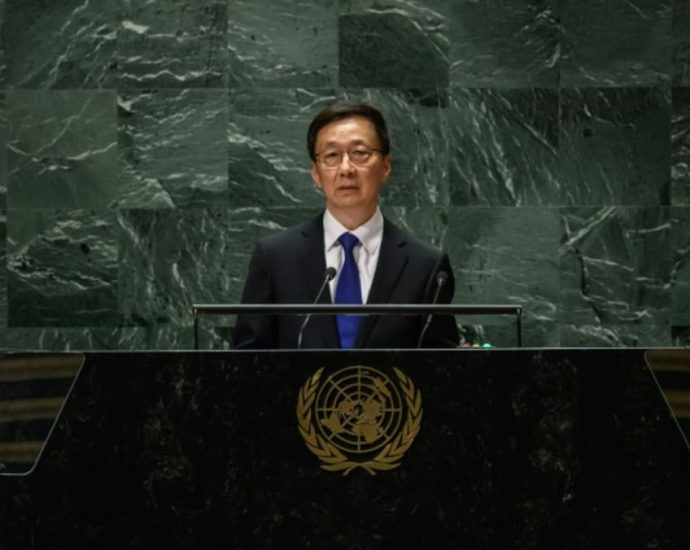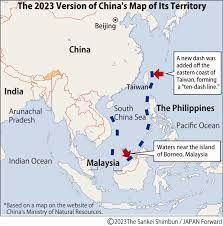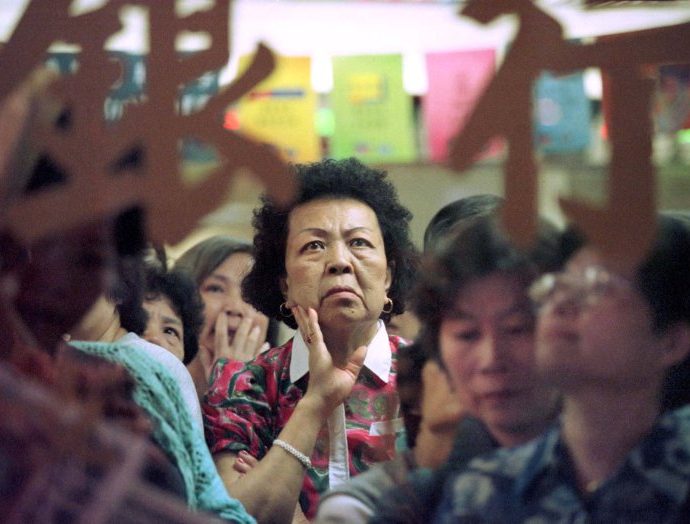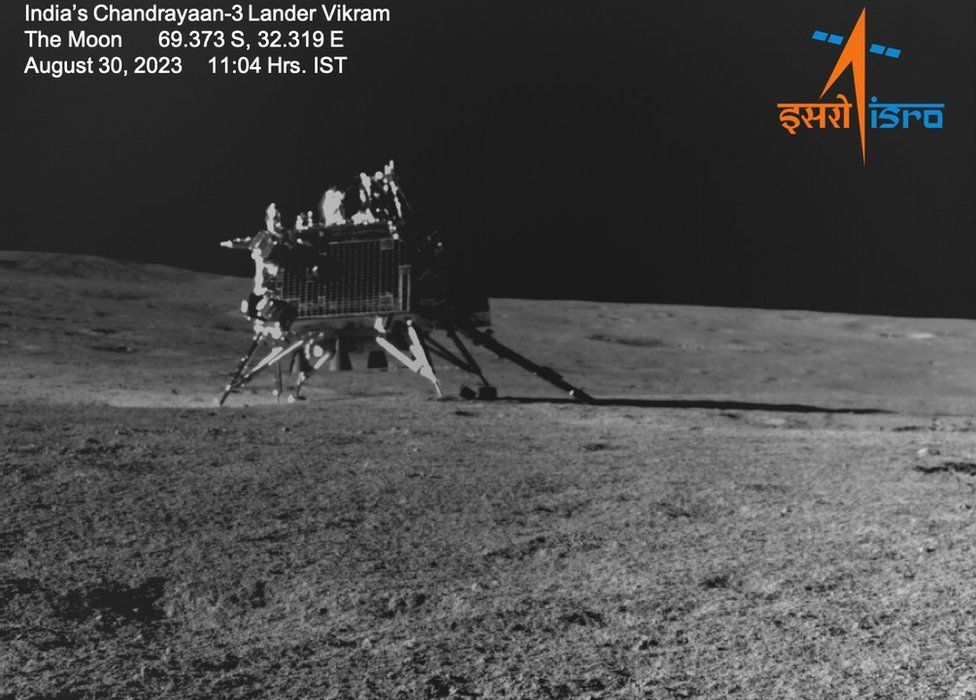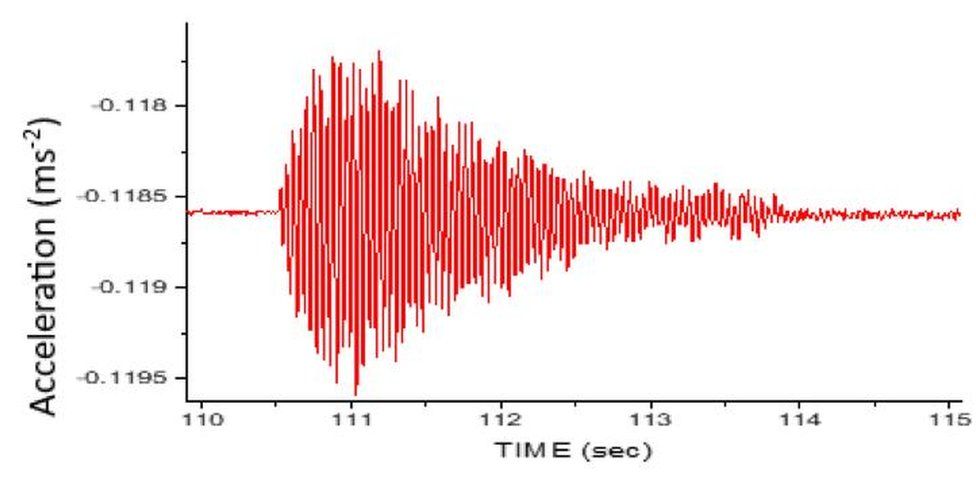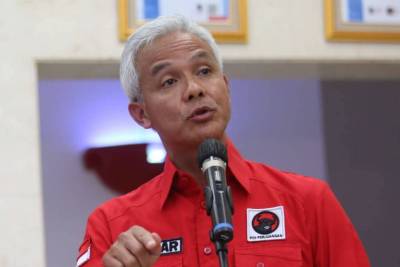‘Mapping’ recent developments in South China Sea
Outlining its (new) territorial claims in the South China Sea, China issued new maps on August 28. This act has, once again, led to a series of diplomatic storms in the region, and is also in sync with China’s age-old practice of launching sensitive and provocative steps just days before a bilateral/multilateral meeting – this time the ASEAN Summit and meetings in Jakarta, followed by the Group of Twenty Summit in India.
Often termed “cartographic invasion” by analysts and critics, China’s issuance of new maps will have far-reaching direct implications on claimant states, with ramifications for the international community – especially countries such as Japan, Australia and India, as well as the European Union and its member states and the US, which have huge economic and strategic stakes in the region.
China’s territorial claims in the South China Sea are revised and upgraded with these new maps, which transcend the traditional “Nine-Dash Line” that Beijing has been using to demarcate its (unilateral) claims, with comprehensive details that include rocks and islets.
For countries that share maritime boundaries with China, the new maps drive home new concerns and consequent anxieties. The mapping of smaller islets directly conflicts with Vietnam’s and the Philippines’ UNCLOS-compliant rights in these waters, raising the possibility of greater hostilities.
China’s new maps seem to challenge the existing legal norms, potentially undermining the United Nations Convention on the Law of the Sea (UNCLOS) and further complicating dispute resolution processes.
Malaysian and Philippine responses
Malaysia has traditionally employed a soft diplomatic approach with the goal of balancing its strategic relationship with China and defending its territorial claims. In contrast to some of its neighbors, Malaysia often refrains from direct confrontations – diplomatic or otherwise – relying instead on multilateral discussions that are embedded in ASEAN-centric mechanisms.
Malaysia’s predicament has frequently been termed a “diplomatic tightrope.” On the one hand, it has overlapping claims with China and other Southeast Asian countries, while on the other, China is a major source of commerce and investment for Malaysia, and as of 2023, it continues to be Malaysia’s biggest trade partner.
Belt and Road Initiative (BRI) investments have further cemented this relationship, making the economic ties a significant factor in shaping Malaysia-China relations.
During a recent meeting between Malaysian Prime Minister Anwar Ibrahim and Chinese Premier Li Qiang in Nanning, the two parties agreed to have open and uninterrupted communication over the South China Sea issue to maintain peace and stability. This “diplomatic firefight” occurred right after Malaysia officially criticized China for coming up with new maps.
Clearly, Malaysia is still trying to make use of “quiet diplomacy,” the efficacy of which seems to be depleting fast.
The Philippine stance on the South China Sea has seen numerous twists and turns over the past few years, depending on the wishes of the leader at the time.
In 2016, the Philippines won the arbitration case it lodged against China after the Permanent Court of Arbitration (PCA) in The Hague invalidated Beijing’s Nine-Dash Line claim that covers nearly the entire South China Sea.
The Philippines took a harsh stance through those legal proceedings. However, in Rodrigo Duterte’s unilateral bid to improve ties with China, his administration completely disregarded the International Court of Justice ruling.
Under the current administration of President Ferdinand Marcos Jr, the Philippines is seemingly reviving the position Manila had during the presidency of Benigno Aquino III, and which is a direct consequence of China’s swiftly growing island reclamation, island militarization, and gray-zone tactics.
Last month, the China Coast Guard used water cannons on a Philippine Coast Guard resupply vessel en route to the Second Thomas Shoal in the Spratly Islands, which China also claims. The Philippine government summoned the Chinese envoy in Manila, Huang Xilian, to lodge a diplomatic complaint and concerns over China’s illegal conduct and dangerous maneuvers.
As China develops and modernizes its military and exhibits greater aggression in its claims over the South China Sea and Taiwan, there is growing concern around the world about its naval actions. The Mutual Defense Treaty between the Philippines and the US and revival of the Visiting Forces Agreement serve as a strategic counterbalance to China’s increasing militarization in the area.
Malaysia and the Philippines have each navigated the complexities of the South China Sea dispute in their own unique ways. While both parties use UNCLOS to substantiate their claims, their contrastive diplomatic behavior is shaped by domestic priorities, geopolitical risk assessments, and (real and perceived) nature of relationship with/influence of China.
That said, as members of the Association of Southeast Asian Nations, Malaysia and the Philippines seek to resolve the issue on a regional level, although the effectiveness of ASEAN in mitigating the dispute remains questionable.
Conduct of Parties and Code of Conduct
To manage outstanding territorial disputes and promote stability, ASEAN and China initiated the Declaration on the Conduct of Parties in the South China Sea (DoC) in 2002, with ongoing discussions about a more binding Code of Conduct (CoC). However, nearly two decades have passed since the DoC, and the finalization of the CoC remains elusive.
While establishing the DoC was a significant diplomatic move, its efficacy has been limited for several reasons such as its lack of being legally binding. The consultative tone marked by a subtle ambivalence in the document leads to open interpretation, which allows differing views on what constitutes “good behavior.”
Also, in terms of encouraging unilateral measures, China has continued to reclaim islands and engage in military operations, frequently justifying these moves under the pretext of “sovereign rights.”
The much-anticipated CoC is expected to be a legally binding agreement that will supersede the DoC. However, there are a number of challenges that impede its completion, including the ASEAN nations’ differing agendas and connections with China, which make it difficult to present a cohesive front.
Other factors include the strategic balancing of relations with the US by such countries as Vietnam and the Philippines, as well as the complexity of problems such as fishing rights, freedom of navigation, and legal jurisdictions that need to be resolved.
The recent adoption of guidelines to accelerate negotiations for the COC in the South China Sea, signed between ASEAN and China on July 13 in Jakarta, opens up new possibilities. Whether it will be a credible mechanism or just a rhetoric, only time will tell.
Conclusion
As the situation in the South China Sea continues to evolve, the new maps issued by China are likely to be a point of debate in future diplomatic rendezvous. It remains to be seen whether they will result in conflict resolution or escalate already existing disputes.
It also shows the inability of ASEAN to find consensus to deal with China’s increasing intrusions in the South China Sea. While one can only speculate on the long-term implications of China’s recent moves, including the issuance of new maps, its actions have no doubt the ability to rock ASEAN’s CoC boat.
If these developments are any sign, it is clear that the region is in for a long haul with Beijing on the South China Sea front, with the issue remaining the one with managed tensions rather than one of resolved dispute.



